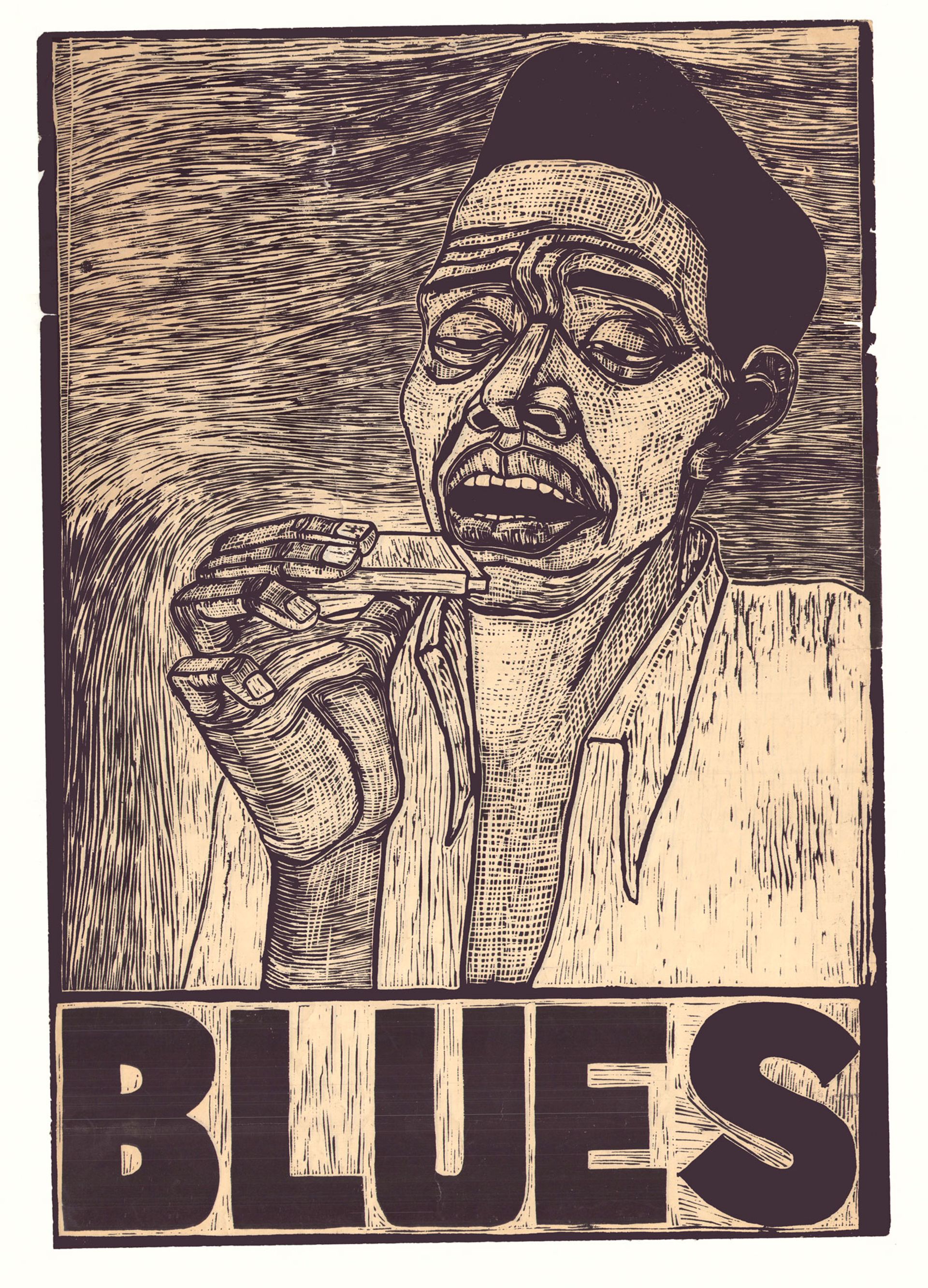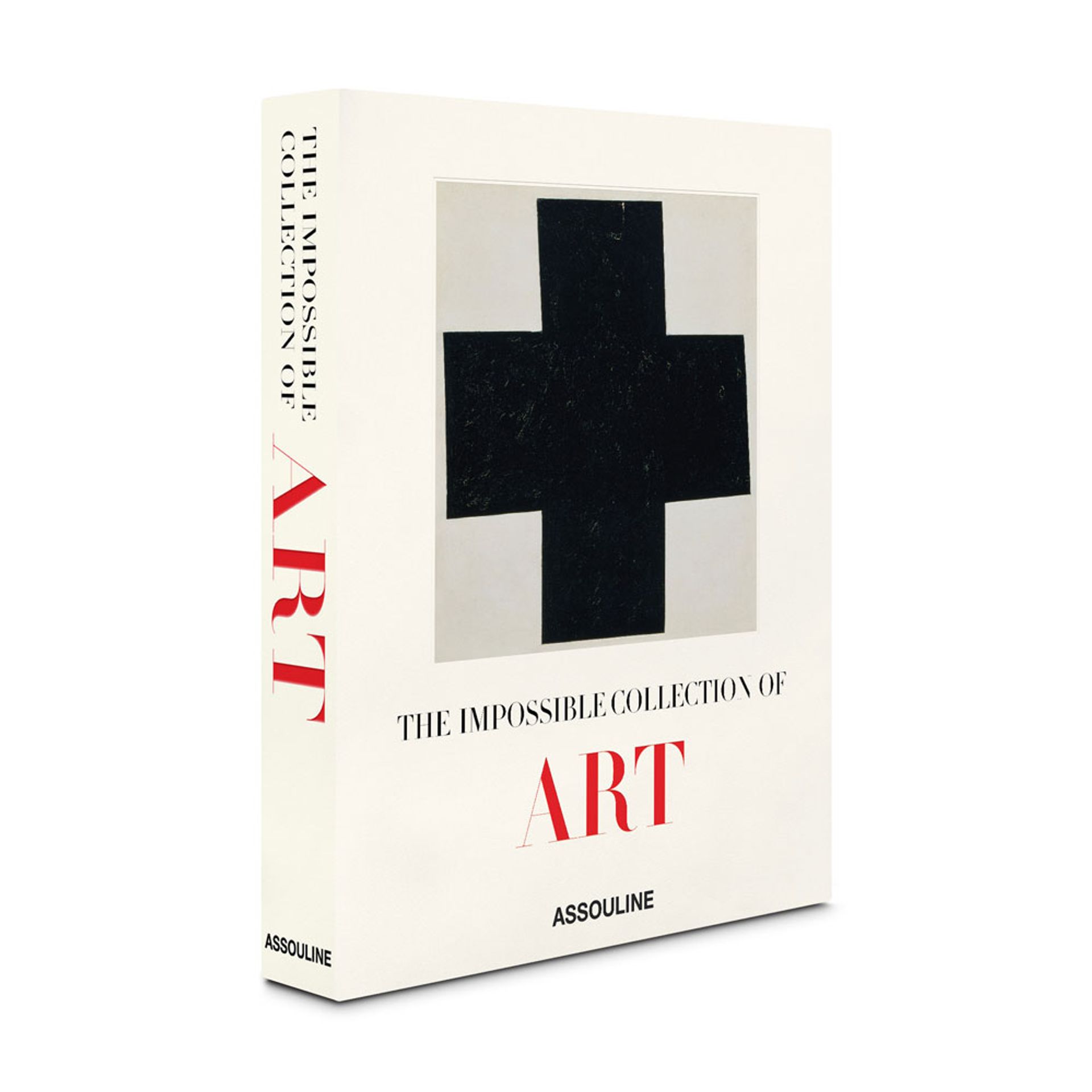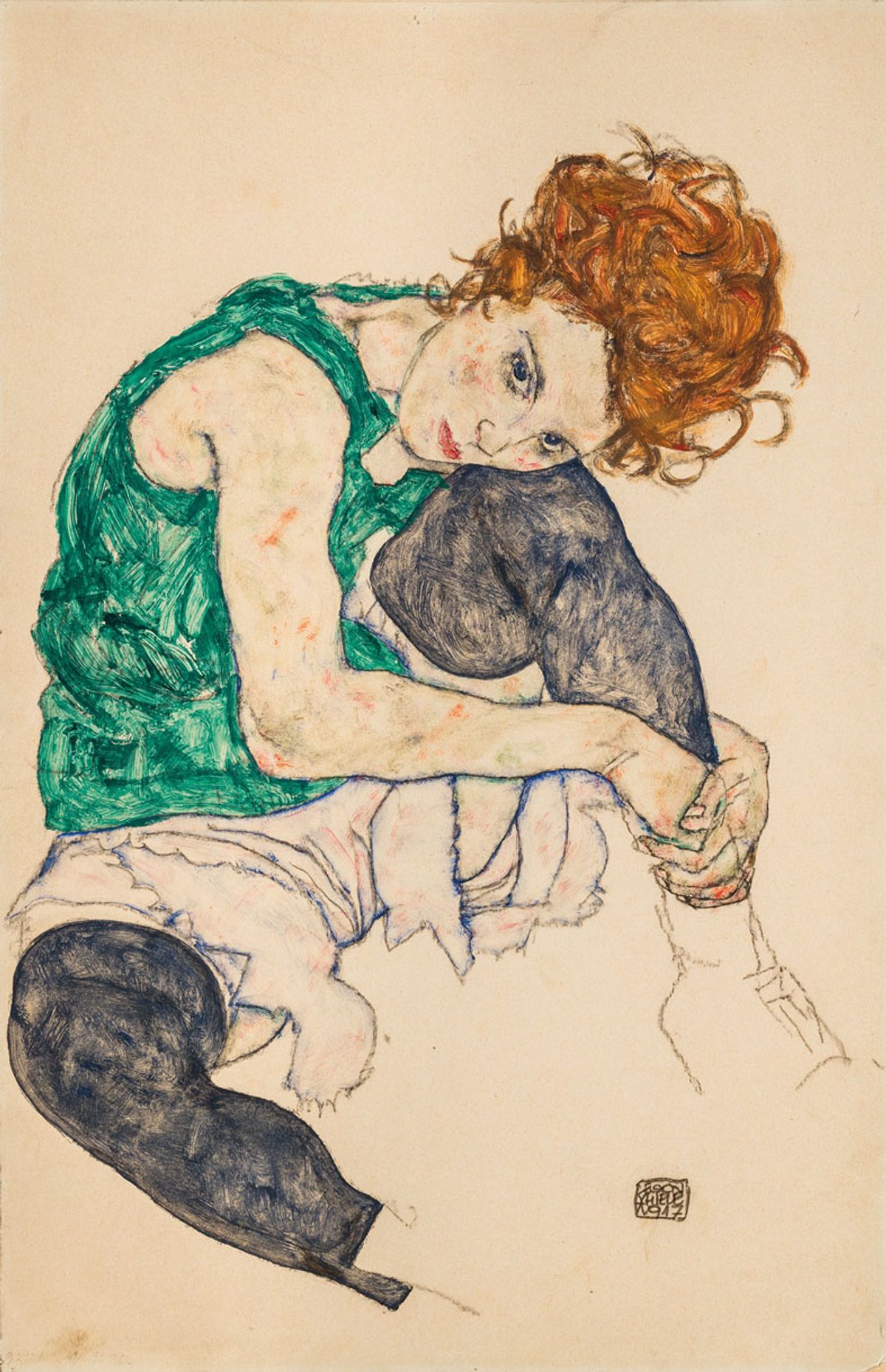The Power of Art: A Human History of Art, From Babylon to New York City, Caroline Campbell, Pegasus Books, 464pp, $39.95 (hb)
Caroline Campbell, the director of the National Gallery of Ireland in Dublin, aims to put a different spin on the history of art, analysing how major metropolises worldwide have furthered artistic creation over the centuries. In the introduction, Campbell writes: “This book brings together the stories of 15 cities at moments in their history that coincided with intense creative activity, with 15 of the qualities and emotions that make us human. It aims to explain what these cities are like and the forces that shaped them.” Chapters such as “New York: Rebellion 1929-70” analyses Abstract Expressionism and Andy Warhol’s rise to fame, while “Vienna: Freedom 1900-14” focuses on the early 20th-century Wiener Werkstätte workshop and art titans such as Egon Schiele.

Kerry James Marshall's linocut print Blues (1982) © Kerry James Marshall
Kerry James Marshall: The Complete Prints 1976-2022, Susan Tallman, Ludion/D.A.P., 256pp, $125 (hb)
The US artist Kerry James Marshall has become an art market darling with his blue-chip paintings fetching millions at auction. But throughout his career, Marshall has also produced woodcuts, etching and aquatints, an aspect of his practice that has largely been undocumented. According to a review in The New Yorker: “Printmaking… soon became a natural playground for Marshall, who drew inspiration from comics, Renaissance art, music, politics, advertising, and Black culture.” Prints included in the new book range from images the size of postcards to his 50ft-long, 12-panel woodcut Untitled (1998–99) along with iterations of his ongoing series, Rythm Mastr, inspired by his fascination with Marvel comics.

Strata: Italian Art Since 2000—The Words of the Artists, Vincenzo de Bellis and Alessandro Rabottini, Lenz Press and Les Presses du réel, 720pp, £28.50 (pb)
This survey of contemporary Italian art throws a spotlight on 37 key practitioners working in the country today, focusing on figures whose “work has made a significant contribution to the Italian and international art scene in the past two decades”, according to a publisher’s statement. Artists featured include Yuri Ancarani, Giorgio Andreotta Calò, Francesco Arena and Rosa Barba as well as Francesco Vezzoli, who made Trailer for a Remake of Gore Vidal's 'Caligula' in 2005. The authors say in a statement: “Over the years, [these artists] have been our traveling companions, and they have both inspired and provoked us, providing us with the questions and emotions that have nourished our personal lives and careers. That’s why we wanted to structure our encapsulation of the past 20 years of Italian art around conversations.”

The Impossible Collection of Art (2nd edition), Philippe Ségalot and Franck Giraud, Assouline, 144pp, £1,000 (hb)
The dealers Philippe Ségalot and Franck Giraud have waved their magic art wand again, conjuring up “the ideal Modern art collection in which money is no object and anything is possible”, says a publisher’s statement. Ségalot and Giraud have updated their original “impossible collection”—published in 2008—adding 11 works to their dream collection by artists such as Rudolf Stingel, (Untitled, 1994), Marlene Dumas (Genetiese Heimwee, Genetic Longing, 1984) and Lucian Freud (Girl with a Kitten, 1947). The art historian Joachim Pissarro, professor emeritus of Hunter College/CUNY and grandson of the artist Camille, has written the introductory essay.
Robert Indiana, published by RI Catalogue Raisonné LLC using Panopticon software
The long-awaited catalogue raisonné of works by Robert Indiana, who died in 2018, has been published online and is free to access. The catalogue is divided into five sections including “works”, covering the artist’s paintings and sculptures, while “chronology” gives an overview of Indiana’s life and career. A section titled “Exhibition history” outlines solo and group exhibitions that have included Indian’s work; a literature section meanwhile includes published references, a selective bibliography, archival sources and artist’s statements. Simon Salama-Caro, the author of the catalogue raisonné, says in a statement: “We hope that scholars, educators, arts professionals, and anyone wishing to gain a refined knowledge of the work of Indiana will use this new tool to learn about the breadth and depth of his oeuvre.”


